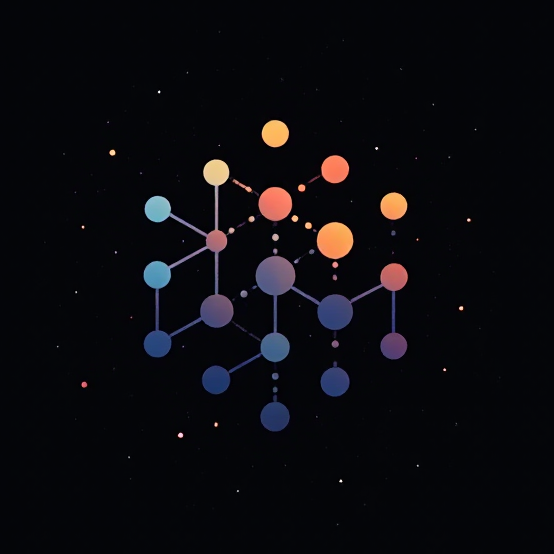
LATENTSPACES LABS
Exploring the frontiers where algorithms meet artistry

Exploring the frontiers where algorithms meet artistry
Discover the hidden mathematical world where AI models think, reason, and understand language. It's like a secret map of meaning that helps computers make sense of words and ideas.
Imagine you could take every word, idea, and concept and plot them on a giant invisible map where similar things are close together. That's essentially what latent space is: a mathematical space where AI models represent and organize information.
Click on words to see how an AI might group similar concepts together:
Notice how words of the same type cluster together? That's how latent space works!
In latent space, every word becomes a vector, essentially a list of numbers that captures its meaning. The amazing part? You can do math with meaning!
This famous example shows how AI can understand relationships between concepts using mathematical operations.
Each word gets converted into a high-dimensional vector (typically 768 or more numbers). Words with similar meanings end up with similar vectors, allowing the AI to:
If we could shrink the thousands of dimensions down to 2D, latent space might look something like this:
Hover over the dots to see how related concepts cluster together in multidimensional space!
Instead of reasoning step-by-step in words (like humans often do), AI can think directly in the mathematical space of vectors. This is like having thoughts in pure meaning rather than language.
This process happens in milliseconds and involves complex mathematical transformations across multiple layers of the neural network.
Reasoning in latent space allows AI to:
Process multiple possibilities simultaneously rather than one word at a time
Maintain consistent reasoning without getting distracted by surface-level language patterns
Explore different reasoning paths and adjust course when needed
Find relationships between concepts that might not be obvious in text
As AI models get bigger, their latent spaces become more sophisticated, enabling emergent abilities that smaller models simply can't achieve.
Larger models don't just get "better" at existing tasks - they develop entirely new capabilities:
Understanding and controlling latent spaces opens up exciting possibilities for making AI more capable, interpretable, and aligned with human values.
Researchers are learning to "steer" AI behavior by manipulating specific directions in latent space, like making models more truthful or creative.
New tools help us peek inside the "black box" and understand what different regions of latent space represent.
Future models will unify text, images, audio, and video in shared latent spaces for richer understanding.
As latent space research advances, we can expect:
Latent space is the fundamental way AI understands and processes information. As we learn to read and write in this mathematical language of meaning, we're unlocking new frontiers in human-machine collaboration.
"The latent space is where the magic happens - where discrete symbols become continuous meaning, and where the complexity of human language gets captured in geometric relationships."